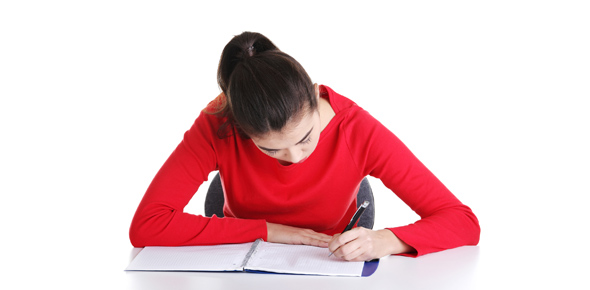Related Flashcards
Related Topics
Cards In This Set
| Front | Back |
|
What is the functional unit of the respiratory system?
|
-conductiong airways
-negative pressure pump
-gas exchanger
|
|
Conducting airways
|
Air moves from atmospher through this to get to alveoli
|
|
Negative pressure pump
|
In spontaneous breathing, a negative pressure is created in the pleural cavity by the muscles of respiration, and the resulting gradient between the atmospheric pressure and the pressure inside the thorax generates a flow of air.
-change volume of chest = change pressure ( creates vacum)
|
|
Parts of upper respiratory tract
|
-nose
-nasal cavity
-paranasal sinus
-pharynax
|
|
Parts of lower respiratory tract
|
- larnyx
-trachea
-bronchi
-bronchioles
-alveoli
|
|
Conducting airways
|
Everything air goes through in order to reach the gas exchanger (alveoli)
-nose-nasal cavity-paranasal sinus-pharynax-larnyx-trachea-bronchi-bronchiloles
|
|
Gas exchanger
|
Alveoli
most delecate bronchiloles-alveoli
|
|
Functions of the conducting airways
|
1. conduction (conduct air in and out of aveoli)
2. equalization of air to body temperature
3. saturation with water vapor
4. filtration of particulates
5. olfaction
6. gustation
7. voice
8. phonation
|
|
Function of alveoli
|
Site of O2 and CO2 exchange / respiration ,
|
|
What is Boyle's Law
|
P x V = constant (pressure in chest x volume in chest will remain constant even if P or V goes up, they will balance ea. other out)
|
|
How do changes in chest volume cause breathing?
|
Negative pressure pump- change in chest cavity volume changes pressure in chest cavity by creating a vacum
|
|
What are the gradients of pressure during inhalation?
|
Thoracic volume increased (expand chest)
intrathoracic pressure goes down = intrapulmonary pressure goes down= air moves into lung
|
|
What are the gradients of pressure during exhalation?
|
Thoracic volume decreased (compress chest)
intrathoracic pressure goes up = intrapulmonary pressure goes up = air pushed out of lung
|
|
What are the muscles involved in inhalation?
|
Diaphragm,
rib elevators (external intercostals and others)
|
|
What are the muscles involved in exhalation?
|
(at rest = elastic recoil)
active state = rib depressors (internal intercostals and rectus abdominis)
and diaphragm elevators (abdominal muscles)
|




